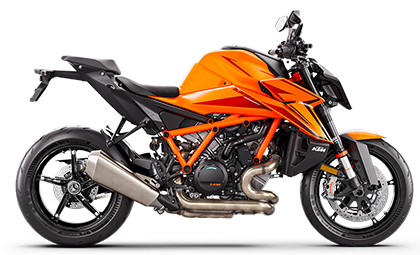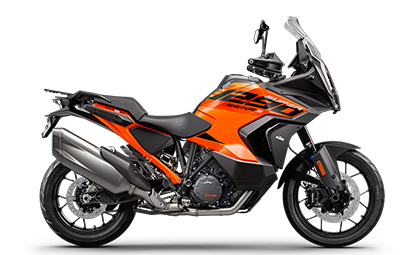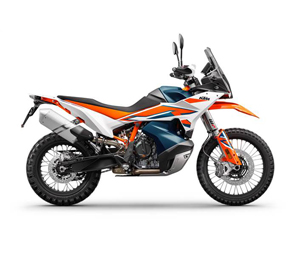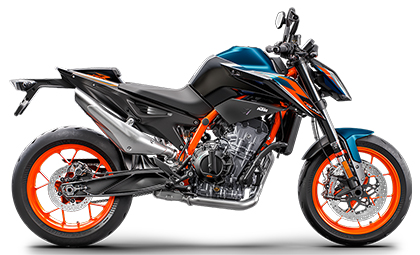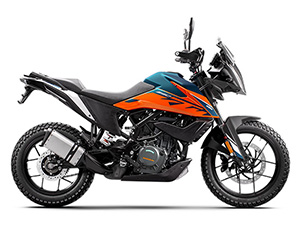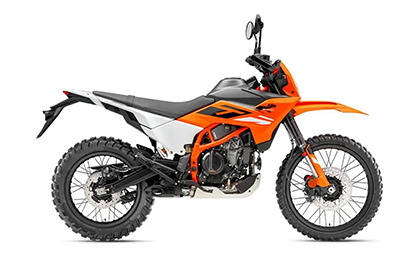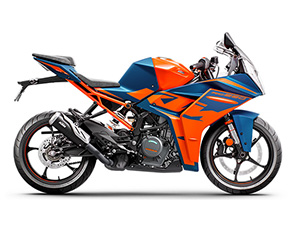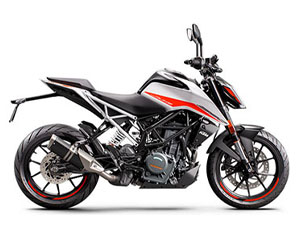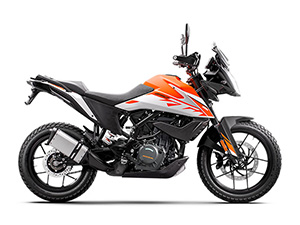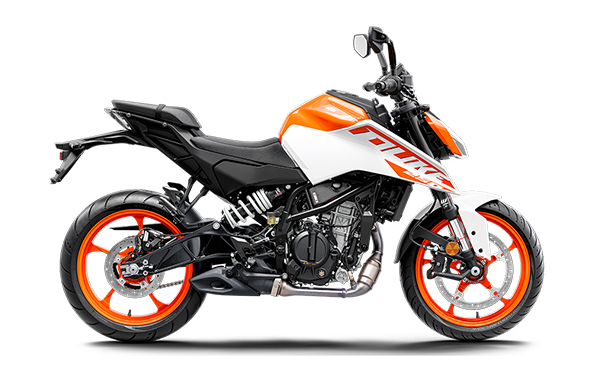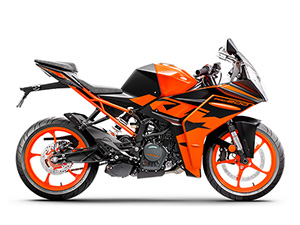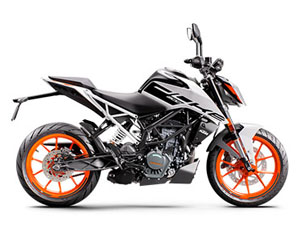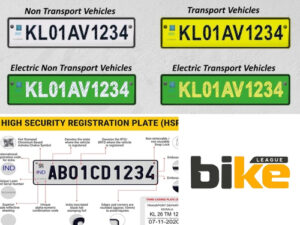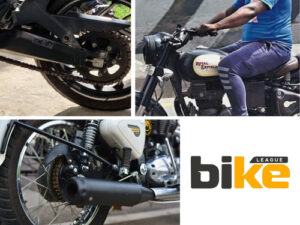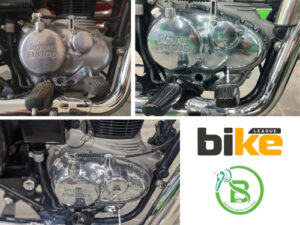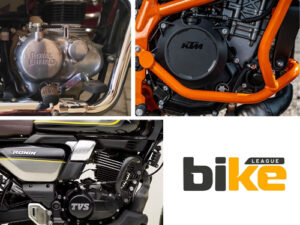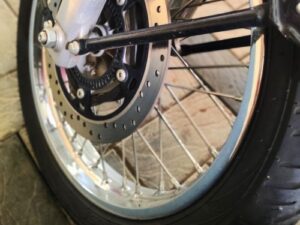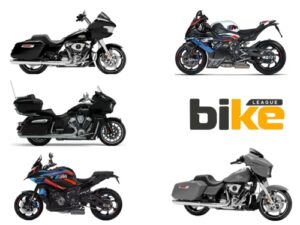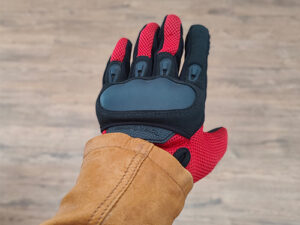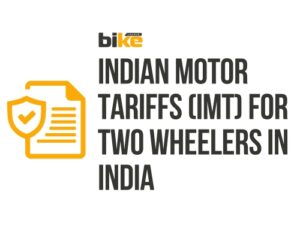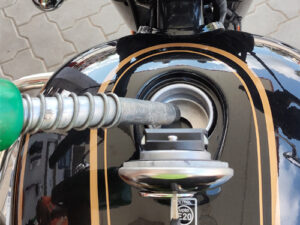KTM
LIST OF ALL KTM BIKES IN INDIA
History of KTM Motorcycles
Early Beginnings (1934-1950s)
KTM’s story began in 1934 when Austrian engineer Hans Trunkenpolz established Kraftfahrzeug Trunkenpolz Mattighofen in Mattighofen, Austria. The company initially operated as a metalworking and car repair shop, focusing on vehicle repairs and selling DKW motorcycles and Opel cars.
First Steps into Motorcycle Manufacturing
- 1951: A significant milestone was reached when Hans Trunkenpolz developed the company’s first motorcycle, the R100, powered by a 98cc two-stroke Rotax engine.
- 1953: The company was officially renamed Kronreif & Trunkenpolz Mattighofen (KTM) after Ernst Kronreif became a major shareholder.
KTM bike’s Global Presence and Partnership with Bajaj Auto
KTM Bikes is co-owned by Indian manufacturer Bajaj Auto and Austrian manufacturer Pierer Mobility AG. This partnership has been pivotal in KTM’s growth, particularly in India. Bajaj Auto increased its stake in KTM to 47% in 2012, marking a significant milestone in their collaboration. The partnership has led to developing and manufacturing popular models like the Duke and RC series at Bajaj’s facility in Pune, aligning with the Indian Government’s ‘Make in India’ initiative.
Growth and Racing Success (1954-1990)
KTM quickly established itself in motorsports:
- 1954: Secured first racing title in Austrian 125cc national championship
- 1956: Made its debut at International Six Days Trials
- 1974: Won first Motocross World Championship in the 250cc category
During the 1970s-1980s, KTM expanded its product range to include:
- Scooters
- Mopeds
- Bicycles
- Radiators for European car manufacturers
Modern Era and Global Expansion (1990s-2000s)
After facing financial difficulties in 1991, KTM underwent significant restructuring:
- Split into four independent entities
- Formation of KTM Sportmotorcycle GmbH
- 1994: Introduction of Duke series road motorcycles
- 1995: Acquisition of Swedish motorcycle maker Husaberg AB
KTM’s Journey in India
Strategic Partnership with Bajaj Auto
The entry into the Indian market began with a strategic partnership with Bajaj Auto in 2007. This collaboration has been crucial for KTM’s success in India.
Timeline of Major Developments in India
2007-2013
- 2007: Bajaj Auto acquires 14.5% stake in KTM AG
- 2012: Official entry into the Indian market with KTM 200 Duke launch
- 2013: Acquisition of Husqvarna motorcycle business
2014-2019
- 2014: Bajaj’s Chakan plant begins exports to KTM USA
- 2016: Joint development of sub-400cc products in the KTM RC range
- 2019: Acquisition of GasGas brand
2020-Present
- 2020: Developments in electric mobility
- 2022: Bajaj becomes 49.9% equity partner with Pierer Group
- 2023: Partnership crosses one million motorcycle production milestone
- 2024: Strong market share with 66.35% for 200 Duke and 23.80% for 390 Duke
Current Market Position in India
KTM has established a strong presence in India with:
- Localized production at Bajaj’s facility in Pune
- Cost-effective manufacturing capabilities
- Export capabilities to global markets
- Joint development of new models and technologies
Future Outlook
KTM continues to expand its presence in India with:
- Expected launches of new models, including KTM 390 Enduro R and 390 SMC R
- Focus on electric mobility solutions
- Continued investment in dealer network expansion
- Emphasis on technological innovations and performance improvements

